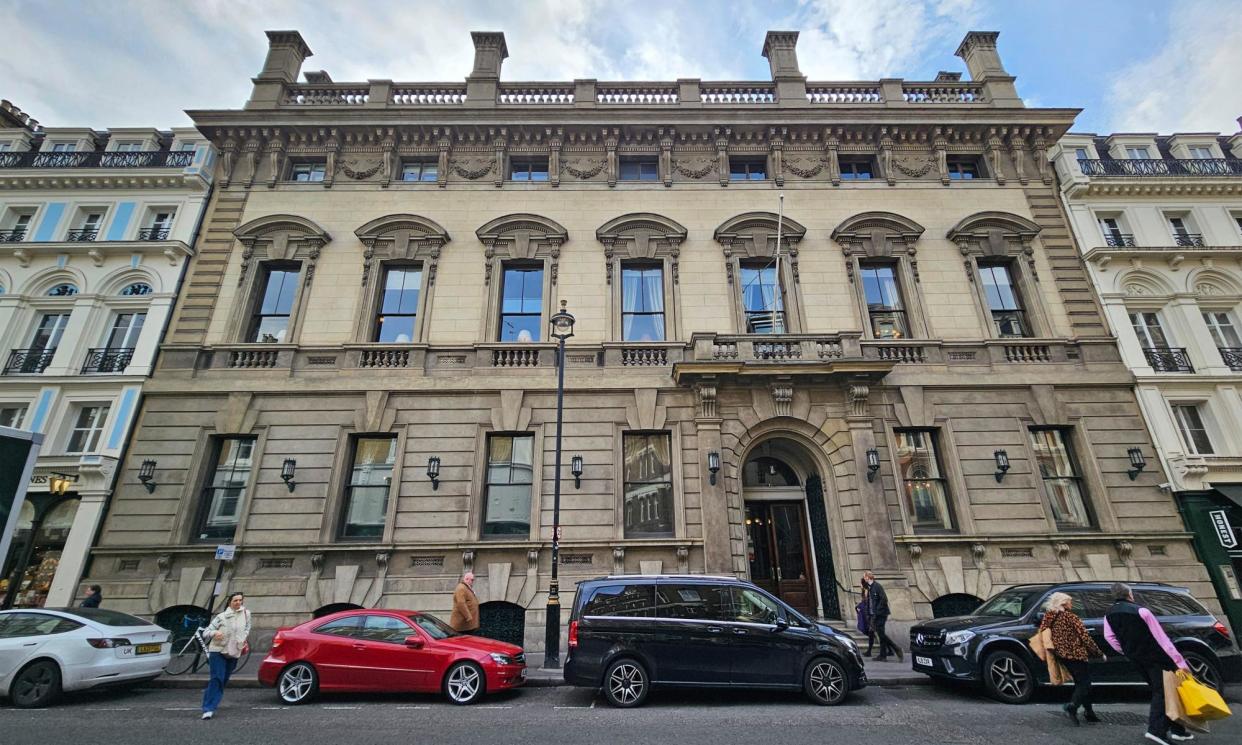Judges didn’t see what the fuss over Garrick Club was about – they do now

In October 2011, Brenda Hale, who was then the only female judge in the supreme court, gave a speech to a diversity forum, organised by the law firm Norton Rose, and expressed her dismay that so many of her colleagues were members of the men-only Garrick Club.
At that time the club’s members included the president of the supreme court, three supreme court justices who sat alongside Hale and an estimated 25% of the most senior male judges in England and Wales. “I regard it as quite shocking that so many of my colleagues belong to the Garrick Club, but they don’t see what all the fuss is about,” she said. Hale became the third person and first woman to serve as president of the supreme court.
It has taken 12 and a half years, but four judges seem to have finally grasped what she meant – and resigned their membership.
What happened to change their minds? Why did they feel able to ignore the clear, consistent, repeated warnings of the most senior woman in British legal history for so long?
All four resigned a few days after the Guardian published the names of 60 people with influential roles in the British establishment who were members of a club that has for decades attracted criticism for its refusal to admit women, among them leading figures within the arts, politics and Whitehall.
Harriet Harman, Labour MP, a lawyer and former deputy leader of the Labour party, said it was clear that the decision was prompted by the discomfort of being named as members in the media.
“If the individuals feel embarrassed by their names being associated with a men-only club, that tells you that time’s up for the Garrick,” she said.
As for why it had taken so long, she said: “These kind of male privileged positions are deeply entrenched. But the pattern is always that once this kind of thing is challenged, very quickly people can’t ever believe that it used to be like that.”
Other senior male lawyers became sensitive to the Garrick’s no-women members policy decades ago. Leading human rights lawyer Anthony Lester resigned his club membership after a vote to admit women was defeated in 2006.
Helena Kennedy said she was “very glad judges are reflecting on why it is so inappropriate for them to belong to a club that excludes women”.
She said she was struck by how far Britain lagged behind the US in this regard. “I remember being taken to a Washington club by a federal judge; I commented on the presence of women and he was very clear that it was impermissible for a judge in the USA to belong to clubs excluding women – and that was decades ago. The representatives of justice have to be visibly living up to the values on which we are trying to base our society.”
Female lawyers have been trying to attract attention to this issue for years, arguing that the strong concentration of senior male barristers, judges and solicitors regularly gathering in the club was symptomatic of wider diversity issues across the profession.
When Jonathan Sumption, then a supreme court judge (and also a Garrick club member) said in 2015 that any attempt to speed up the process of achieving gender equality in the senior judiciary could lead to “appalling consequences” and could make male candidates feel the cards were “stacked against them”, there was an outcry among female lawyers.
In 2022 more than 300 senior lawyers signed an online petition at womenatthegarrickclub.org claiming the club contributed to “the gross under-representation of women at the top of the legal profession”.
Although an equal number of men and woman have been studying law for decades, equality has not been maintained through lawyers’ careers. Only 20% of king’s counsels (KCs), the most senior barristers in England and Wales, and just two of the supreme court’s 12 judges, are women. Bar Council research has shown that male lawyers’ earnings are higher than women’s at every level of the profession.
Harman noted how many male commentators had dismissed the noise over the Garrick’s membership as insignificant.
“Why is it that we seem to think everything that’s about women’s advance, is trivial and unnecessary to change?” she asked. “The idea that men tell women that it doesn’t matter that women are being excluded is patronising, condescending and objectionable.”

 Yahoo News
Yahoo News 
